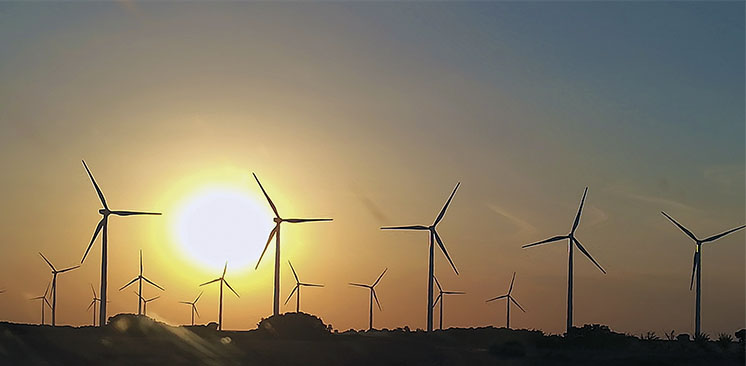One of the most famous passages of Miguel de Cervantes’ novel comes in Chapter VIII, when Don Quixote encounters the windmills of the plains of La Mancha and attacks them, believing them to be giants, despite the warnings of Sancho Panza. The knight and his steed, Rocinante, come out on the losing end and are dragged by the blades of the windmill.
This is quite the opposite of what has happened to the Spanish wind power sector, which is one of the strongest in the world. Today, the traditional windmills of La Mancha, now major tourist attractions, coexist with more than 20,000 state-of-the-art wind turbines spread over more than 1,100 wind farms across the country, which now produce 19% of the electricity consumed per year in Spain. Generating 23,484 megawatts of power every year, Spain is ranked fifth in the world and second in Europe for installed wind power, although it is not Castilla-La Mancha, but Castilla y León (followed by Galicia) that is the region with the highest installed power. Wind is now the primary source of renewable energy in Spain, and the second largest in the energy mix.
Wind power is produced when horizontal air currents (vertical ones do not have sufficient dynamic energy) move the blades of a wind turbine. This kinetic energy (caused by movement) is transmitted to a turbine, which transforms it into electricity. This passes through a power line to a distribution substation that is part of the grid, and from there to the end user. To be able to install a wind farm, the average wind speed in the area needs to reach at least 21 km/h.
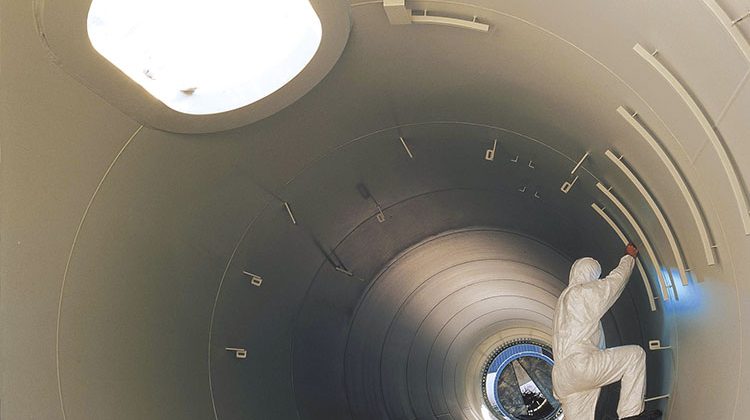
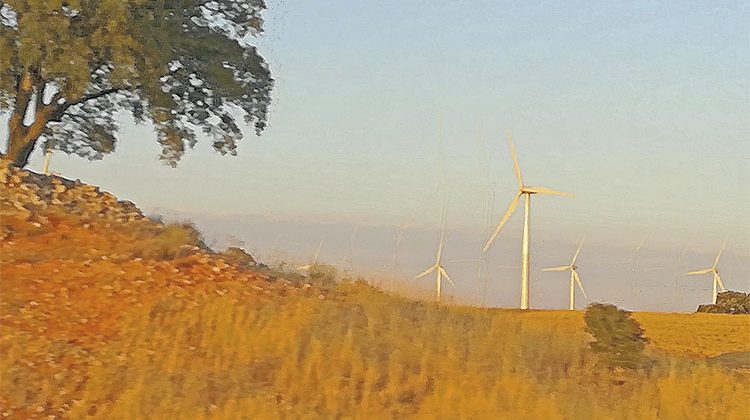
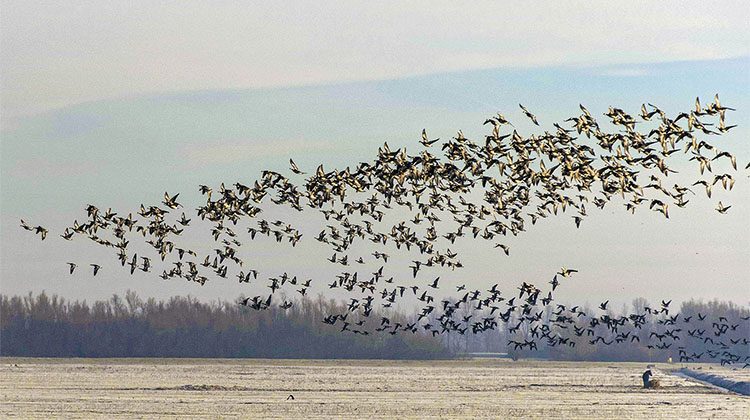
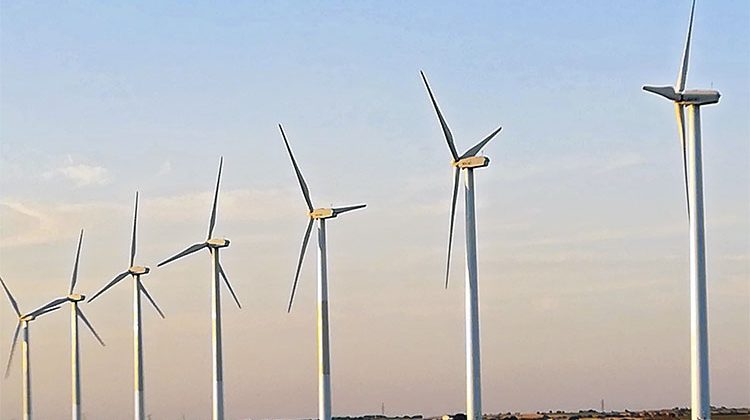
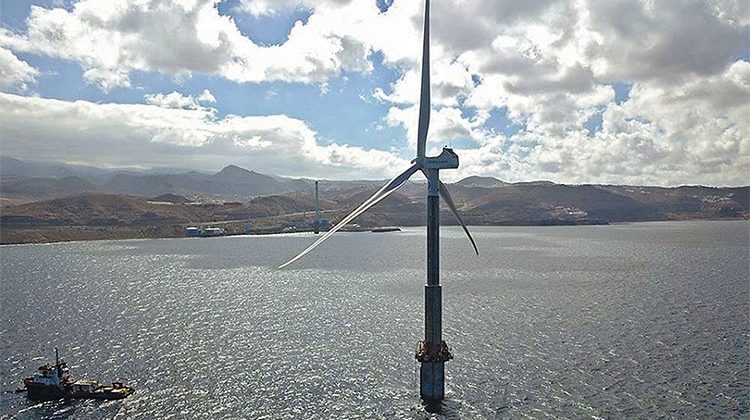
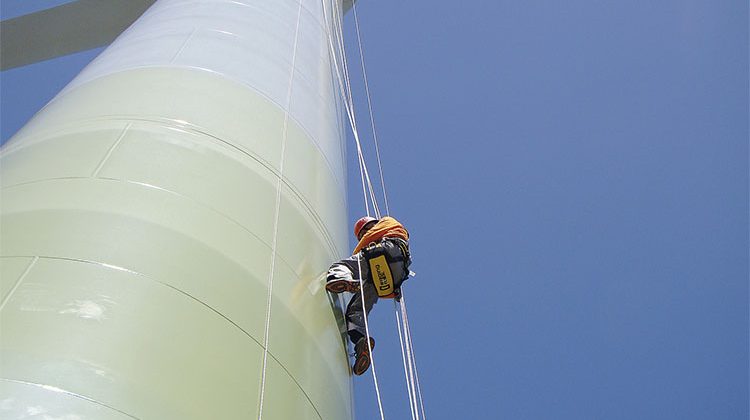
Spain has been a pioneer in the development of wind energy. In April, 1984, it became the second European country after Greece to install a wind farm, located in Garriguella (Girona). This early rollout, together with favourable geographical and weather conditions, has made the Spanish wind power sector one of the strongest and most innovative in the world. Investment in R&D has reached 7.25%, much higher than the national average, and Spain is ranked sixth in the world and third in Europe for wind power patent applications.
And global demand is growing every year: the urgent need to slow climate change, replacing fossil fuel energy sources with clean and renewable energy, and constantly improving wind turbine technology, has fuelled major global growth in the sector. By 2021, the International Energy Agency (IEA) expects that 28% of the world’s energy demands will be met by renewable energy sources.
Among these, wind power is number one and already satisfies 5% of the world’s electricity demand. Currently, according to the World Wind Energy Council, global installed power exceeds half a million megawatts; in 2017 alone, it increased by 52,573 megawatts, the third largest increase since the record year of 2014. In Europe, wind power now supplies 12% of the continent’s electricity and a third of this is produced in Spain
Economic impact
According to data from the Spanish Wind Energy Association (AEE), Spain’s principal wind power industry association, in 2018, the sector contributed 3.39 billion euros, or 0.31%, to Spain’s GDP, between direct and indirect contribution, and employed 22,578 people. Consisting of more than two hundred companies present in over 35 countries, the Spanish wind power sector encompasses all of the links of the value chain: from equipment manufacture –there are 207 manufacturing centres in 16 of the 17 autonomous communities– to installation, commissioning and maintenance. The sector’s rapidly increasing exports, which in 2018 were worth 2.3 billion euros are particularly notable: Spain is the fourth largest exporter of wind turbines in the world, behind China, Denmark and Germany.
Clean… but not harmless
Despite being a ‘clean’ energy, wind power production is not without its environmental impacts. Indeed, installing a wind farm requires a favourable environmental impact statement from the authorities, which is not always obtained.
On the one hand, the use of wind power reduces polluting emissions –25 million tonnes of CO2 in 2018, according to the AEE– and reduces the cost of acquiring fossil fuels (1.5 billion euros, the cost of 9.2 million tonnes of oil equivalent).
On the other hand though, wind farms can cause different kinds of environmental problems. The most significant are impact on landscape due to the characteristics of the facilities (machinery at altitude, high locations, large number of devices); acoustic issues (noise); disturbance of land; and especially, the death of birds and bats that fly into the wind turbine blades.
Ecological organisations denounce these impacts while the industry proposes more powerful wind turbines –which could mean smaller numbers– and even bladeless turbines, such as the one being developed by a small Spanish company located in Ávila.
The challenge of offshore wind farms
There are two kinds of wind farms depending on their location: onshore and offshore. The latter generate more energy thanks to stronger and more constant winds, but their installation costs are between 30 and 50% higher than onshore farms.
At the moment, Spain only has one offshore facility operating in a prototype phase: a 5-megawatt wind turbine called Elisa located off of Grand Canary Island, which began producing electricity in April 2019. There is one major reason for this slow rate of development: the Spanish coastline is too rugged and its waters too deep; it has no continental shelf like other countries such as the United Kingdom, Germany, Denmark and Sweden. Despite this, Spanish companies are still leaders in offshore wind farm technology.


